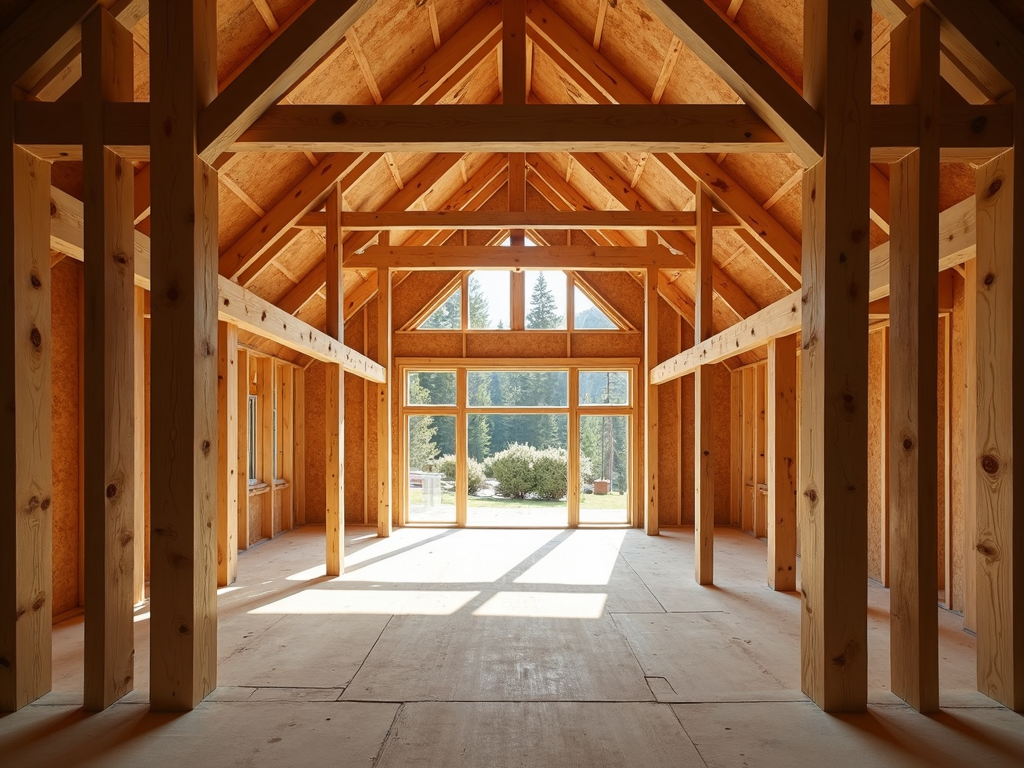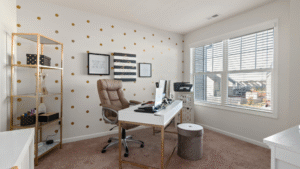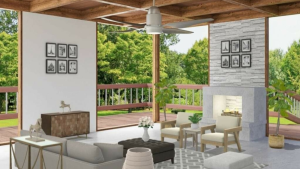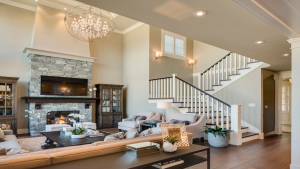Wood All Around Us
Everywhere people look, there’s timber hiding in plain sight. It’s in floors that don’t squeak under your feet, doors that keep rooms private, and shelves holding books and toys. Timber might seem ordinary, but it’s one of the most important building materials around. Builders and carpenters rely on timber because it’s strong, easy to shape, and looks good in homes, schools, and offices.
Timber has been helping people build things for thousands of years. Ancient people made shelters, boats, and even bridges from timber because it was easier to find and work with than stone or metal. Even with all the modern materials available today, timber still has a huge role in building things big and small.
Where Timber Comes From
Timber doesn’t magically appear at the hardware store. It starts as trees growing in forests or plantations. When trees are tall enough and thick enough, workers carefully cut them down. This process is called harvesting. But it’s not just about chopping trees. Good timber companies plant new trees to replace the ones they harvest. That way, forests can keep growing, and animals can still live there.
Once trees are cut down, they’re taken to a mill. At the mill, big machines cut logs into long, flat pieces called boards or planks. These pieces are then dried out so they don’t warp or crack later. The timber might be sanded to feel smooth or treated to protect it from insects and moisture. After all that, it’s ready for building projects.
Timber and Building Big Projects
Builders pick timber for lots of reasons. One of the biggest is how light it is compared to materials like steel or concrete. That makes it easier to carry around and quicker to build with, especially for houses. Even big buildings can use timber beams because strong types of timber can hold up a lot of weight.
In Australia, timber is popular for framing houses. A frame is the skeleton that holds walls, ceilings, and roofs in place. Timber frames are good because they’re strong but not too heavy, and they help keep buildings warm or cool depending on the weather. Timber is also used for floors, window frames, stairs, and even ceilings because it looks warm and natural.
Anyone who wants good timber for a building job might check out a timber supplier. One example is WA Timber Sales, which helps builders and homeowners find the right timber for different projects. Good suppliers know which types of timber work best for different jobs, whether it’s building a house or making a fancy deck.
Different Types of Timber
Not all timber is the same. Some timber is soft, and some is hard. Softwood comes from trees like pine and grows pretty fast. It’s usually cheaper and lighter, which makes it perfect for things like frames inside walls.
Hardwood comes from trees like oak, jarrah, or spotted gum. Hardwood trees grow slower, so the wood is denser and tougher. People often use hardwood for things that need to be extra strong, like floors, outdoor decks, or fancy furniture. Hardwood can handle lots of foot traffic without getting scratched up too quickly.
Timber can also be treated to make it last longer outside. Special chemicals keep away termites and stop wood from rotting in the rain. That’s super important for timber used in fences, decks, and outdoor furniture because Australia’s weather can be pretty harsh.
Timber Looks Good, Too
People don’t just use timber because it’s strong. It’s also chosen because it looks nice. Timber has warm colours, cool patterns called grains, and can be stained or painted all kinds of shades. That makes it perfect for places where looks matter, like floors, staircases, or kitchen cupboards.
In modern buildings, timber often shows up in ceilings and walls because it makes spaces feel cosy and welcoming. Even huge offices and shopping centres sometimes use timber to make big spaces feel less cold and empty. Architects and designers love timber because it goes with lots of other materials, from glass to metal.
Good for the Planet
Using timber is often better for the planet than using materials like concrete or steel. When trees grow, they take carbon dioxide out of the air and lock it away inside their wood. That helps slow down climate change. As long as new trees are planted to replace the ones cut down, timber can keep being used without running out.
Also, timber takes less energy to turn into building materials than steel or concrete. Less energy means less pollution from factories and power plants. When timber buildings are finished, they’re often better at keeping heat in or out, which saves energy on heating and cooling.
That’s one reason timber is part of “green building.” Green building means designing and making buildings that don’t waste energy or hurt the planet. Builders today try to use timber in smart ways so that buildings last a long time and stay comfortable for the people inside.
Timber in Everyday Life
Even people who aren’t building houses still use timber every day. Furniture like beds, tables, and chairs are often made of timber because it’s sturdy and easy to fix if something breaks. Schools have timber desks and bookshelves. Parks have timber benches and playground equipment because it doesn’t get too hot in the sun like metal can.
Timber is also used in things people might not expect, like sports bats, musical instruments, and art projects. It’s easy to carve or shape, so people can create lots of different things from it.
A Material That Stays Important
Timber has been part of human life for so long that it’s hard to imagine a world without it. From the first shelters built thousands of years ago to today’s modern homes and skyscrapers, timber keeps proving how useful it is. It’s strong but light, looks beautiful, and comes from trees that can grow back if forests are cared for properly.
Whether it’s in the frame of a house, the floor underfoot, or the shelves in a room, timber is all around. It’s one of the few materials that connects people to nature while still helping build strong, lasting places to live, learn, and play.
Keep Exploring the World of Timber
Timber might look simple, but it’s a pretty amazing material. Knowing a bit about timber helps people see how many things around them depend on it.
Anyone who wants to learn more can check out local timber suppliers or explore how timber is used in their own town. There’s always more to discover about how timber shapes the world people live in every day.




